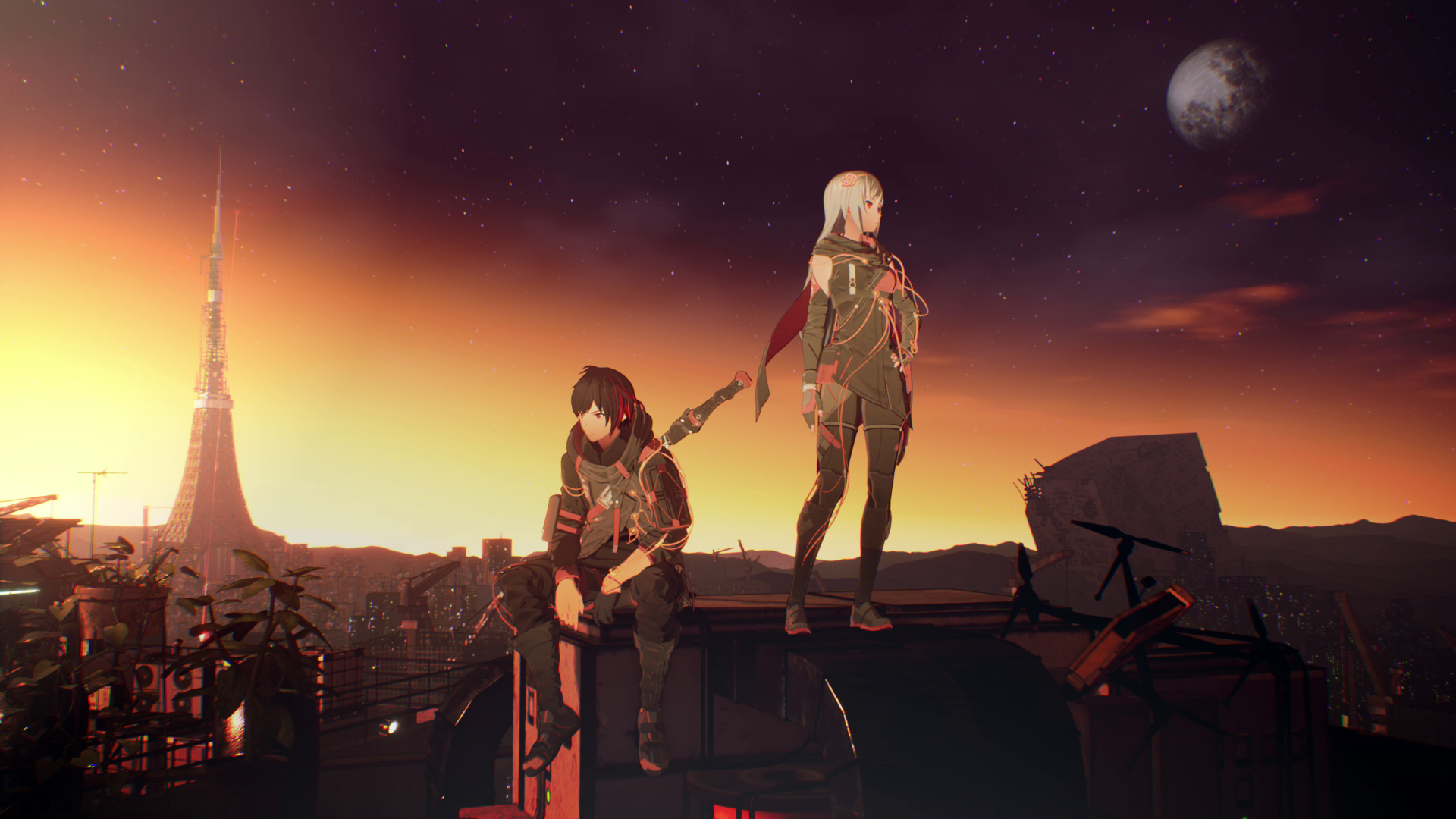 ⒸSCARLET NEXUS™ & ©Bandai Namco Entertainment Inc.
ⒸSCARLET NEXUS™ & ©Bandai Namco Entertainment Inc.
Development on SCARLET NEXUS started as an original Bandai Namco Studios IP, and was released on Xbox Series X|S (*1), Xbox One (*2), PlayStation 5 (*3), PlayStation 4 (*4), and Steam (*5) platforms on June 2021.
Our twelfth Development Episode presents stories from the project’s very beginnings to when the Brain Punk Action RPG concept started taking shape as we look back on its development and the many daring challenges it tried to take.
Participants were interviewed in an online discussion over Zoom. (Held September 2021.)
SCARLET NEXUS’ Development Staff
| Kenji Anabuki | Game Designer/SCARLET NEXUS Development Producer, Director |
|---|---|
| Kota Ochiai | Artist/SCARLET NEXUS Art Director |
| Asana Inoki | Game Designer/SCARLET NEXUS Scenario Director |
| Shoji Aomatsu | Engineer/SCARLET NEXUS Technical Director |
| Takeshi Azuma | Product Manager/SCARLET NEXUS Art Manager, Project Manager |
Taking On Next-Generation Consoles and Knowledge Management
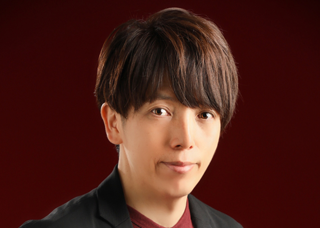
Game Designer
SCARLET NEXUS Producer and Director
■Anabuki: When was the decision made to release the game on next-generation consoles?
●Azuma: That was after we began the main production phase of development.
■Anabuki: No one had heard so much as a whisper about the Xbox Series X|S or PlayStation 5 (PS5) at the start of the project. As we progressed through development, we eventually realized that the next generation of consoles were on the horizon. We concluded that our new IP should be available to as wide of an audience as possible and decided to make the game next-gen compatible.
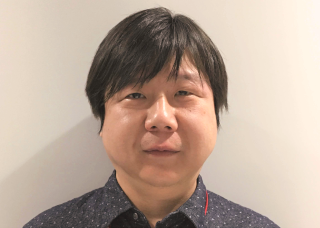
Engineer
SCARLET NEXUS Technical Director
●Aomatsu: We started by testing whether it was even possible to port the game to next-generation consoles. We started next-gen development after the game was already fairly complete, which meant we had to go from baseline console research to putting the finishing touches on the game in only a short window of time. This meant that the schedule was tight.
Another big struggle was tuning the current- and next-generation versions of the game to a point that we were happy with while also meeting our schedule. Dips in performance occur in different parts of gameplay for each console, and we dealt with this by first making the game run well on current-and next-gen hardware, and then focused on improving the performance of the entire game.
●Azuma: Counting back from the very beginning, work on this title started around April of 2015, meaning we spent upwards of six years on development. It started as an internal research project, and we spent about two years before we finished the first evaluation build. TOSE CO., LTD. partnered with us from the second evaluation copy through production. It was only after we entered production that we began to make the game next-gen compatible.
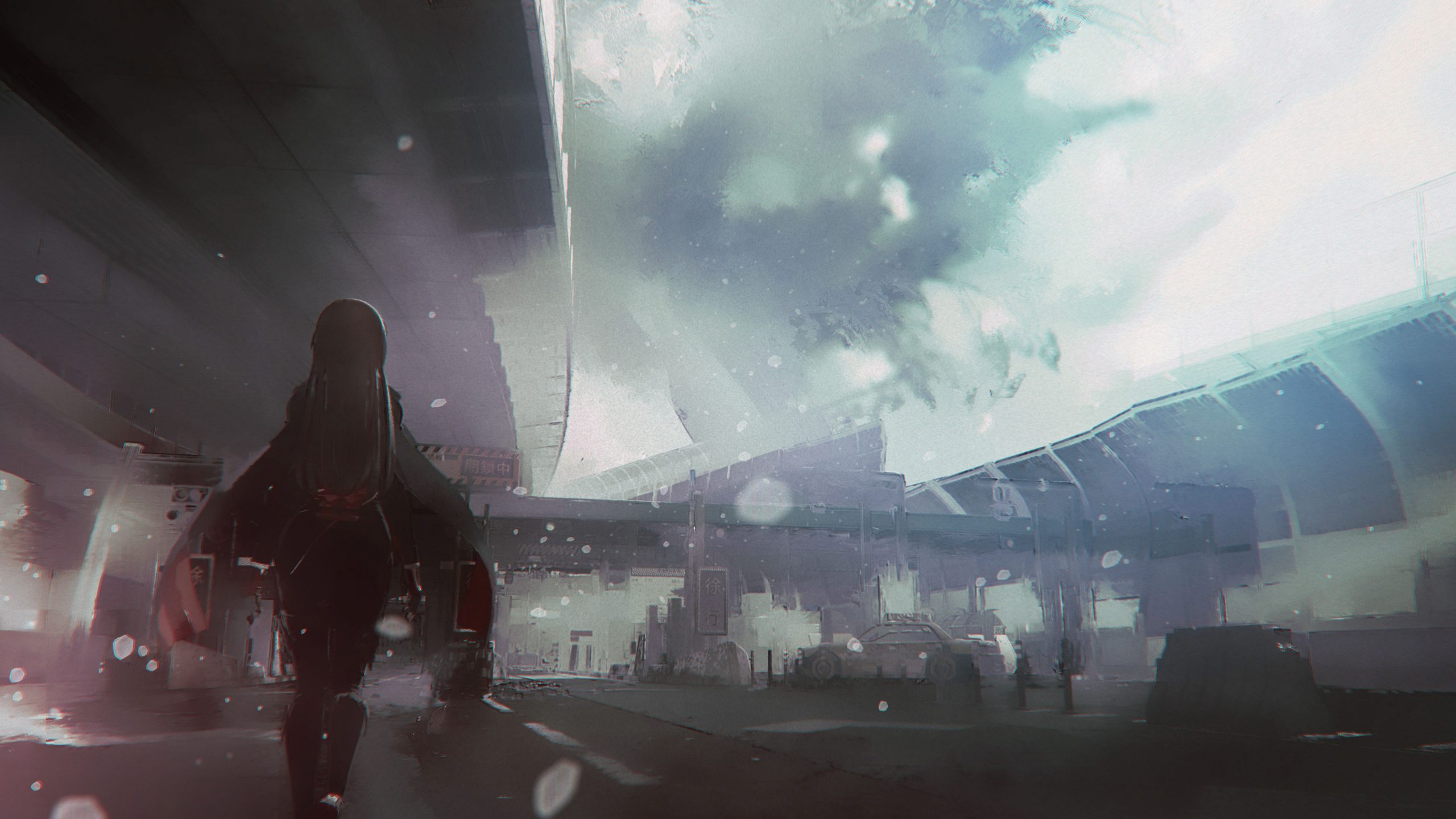 ⒸSCARLET NEXUS™ & ©Bandai Namco Entertainment Inc.
ⒸSCARLET NEXUS™ & ©Bandai Namco Entertainment Inc.
●Aomatsu: We started by exploring if we could actually make the game next-gen compatible in time for the current-gen release date. We concluded that it would take about two months of porting to get the game in a more-or-less working state, and then we received the green light.
Information about next-gen consoles wasn’t shared with developers immediately after their announcement, so we started by coordinating with platform providers. We also met frequently with Epic Games since we were using Unreal® Engine4 (*6).
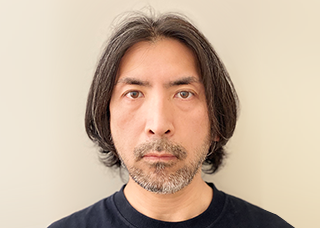
Project Manager
SCARLET NEXUS Art Manager and Project Manager
●Azuma: We had trouble deciding which next-gen features we would work on, since we had to track which yet-to-be-released version of Unreal® Engine a particular feature would become supported in, so it wasn’t easy to ascertain if we could accomplish the things we wanted to do…
●Aomatsu: In addition to the game’s development schedule, we had to pay attention to platform providers’ schedules as well, since they practically dictated what we were able to do until the game was completed. Our solution was to keep the schedule flexible, so if there were delays on the provider’s side, we figured out by when we needed to make a decision and adjusted the schedule on the fly. We made multiple versions of our schedule. We took unorthodox approaches to scheduling to put as many of the things we want in the game as possible.
■Anabuki: A lot of information about next-gen consoles needs to be kept under wraps. Handling information was challenging, since there were certain types of information that we could only share with specific people, and these clearance levels even varied among our own staff.
●Ochiai: That being said, we shared as much information about technology for supporting next-gen consoles as we could internally, which helped a lot of projects.
●Aomatsu: Definitely. Our technical managers make opportunities to share technology-related information between the entirety of BNS for tech-oriented staff. SCARLET NEXUS’ development preceded other titles, so we shared the parts of our experience that didn’t fall under NDA with other projects like Tales Of Arise. So the feature to convert PlayStation 4 (PS4) save data to PS5 data was passed from SCARLET NEXUS to Tales of Arise.
●Azuma: Although the ability to transfer your save data is now a standard PS5 feature, when we were developing the game, there was no clear information about how this was accomplished, so we ended up developing our own version ahead of time.
The Impact of COVID-19 on Development
●Aomatsu: Tech exchanges across the company and between projects have become more frequent since more staff started working remotely. We’ve also held monthly study sessions for programmers since before the pandemic.
■Anabuki: Even for game designers, there are still cross-project initiatives to help them improve their skills after shifting to remote work.
●Aomatsu: Working remotely, it’s easier to round up people to do live viewings of new tech online than the traditional way, where someone would reserve a meeting room and give a formal presentation. So there’s actually a lower barrier for holding study or information sharing sessions during the pandemic.
■Anabuki: One thing we had a lot of trouble doing remotely was tweaking gameplay for battle sequences.
●Azuma: We did have a lot of trouble getting the battle sequences up to snuff. Starting with Anabuki, all the members in charge of battle sequences went directly to TOSE’s office and worked on balancing while sharing opinions. But after the state of emergency was called, we suddenly found ourselves unable to freely commute to their office (because TOSE’s SCARLET NEXUS team is based in Kyoto). The latter half of voice recording for the international versions of the game was done from home, and the sound director had to explore all sorts of avenues to maintain quality levels.
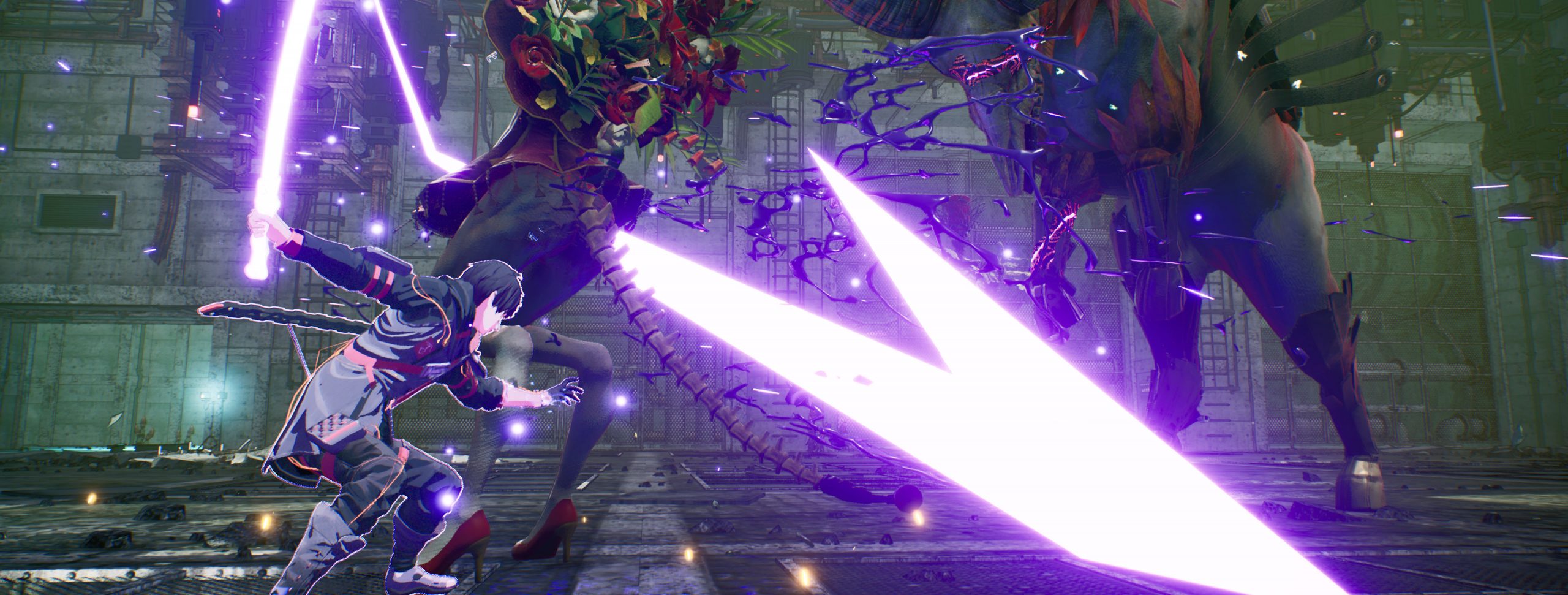 ⒸSCARLET NEXUS™ & ©Bandai Namco Entertainment Inc.
ⒸSCARLET NEXUS™ & ©Bandai Namco Entertainment Inc.
●Inoki: That’s because recording for the English voice-over happened to coincide with lockdowns in the United States. The cast wasn’t even allowed to travel to the recording studio, and I remember talking about whether it would even be possible to do a worldwide simultaneous release.
What Everyone Learned by Joining Development
■Anabuki: Next, could everyone share something they learned by participating in the development of this project?
Personally, I felt that I gained problem-solving skills that helped get others to value the project. You need to overcome a lot of obstacles to proceed with the things you say you want to do. But if you can involve the people around you, like Katamari Damacy, then before you know it you’re on a roll. One of my big discoveries during development is that there are very few limits on what you can do to make things happen.
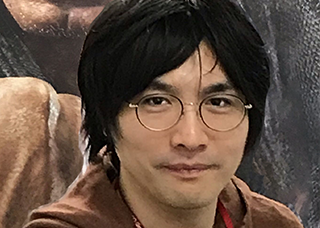
Artist
SCARLET NEXUS Art Director
●Ochiai: By trying my hand at art director, I learned that other people better understand you if you are considerate of them and of the fact that there are multiple ways to look at the same thing.
I thought I came to the project with an understanding of the importance of communication, but I realized on several occasions how important it is for anyone in my position to confirm whether other people correctly understand what you want to convey. I started thinking more about how I should express my ideas, and about how everyone has their own way of communicating. I think the reflection I did during the project will become an important asset in the future.
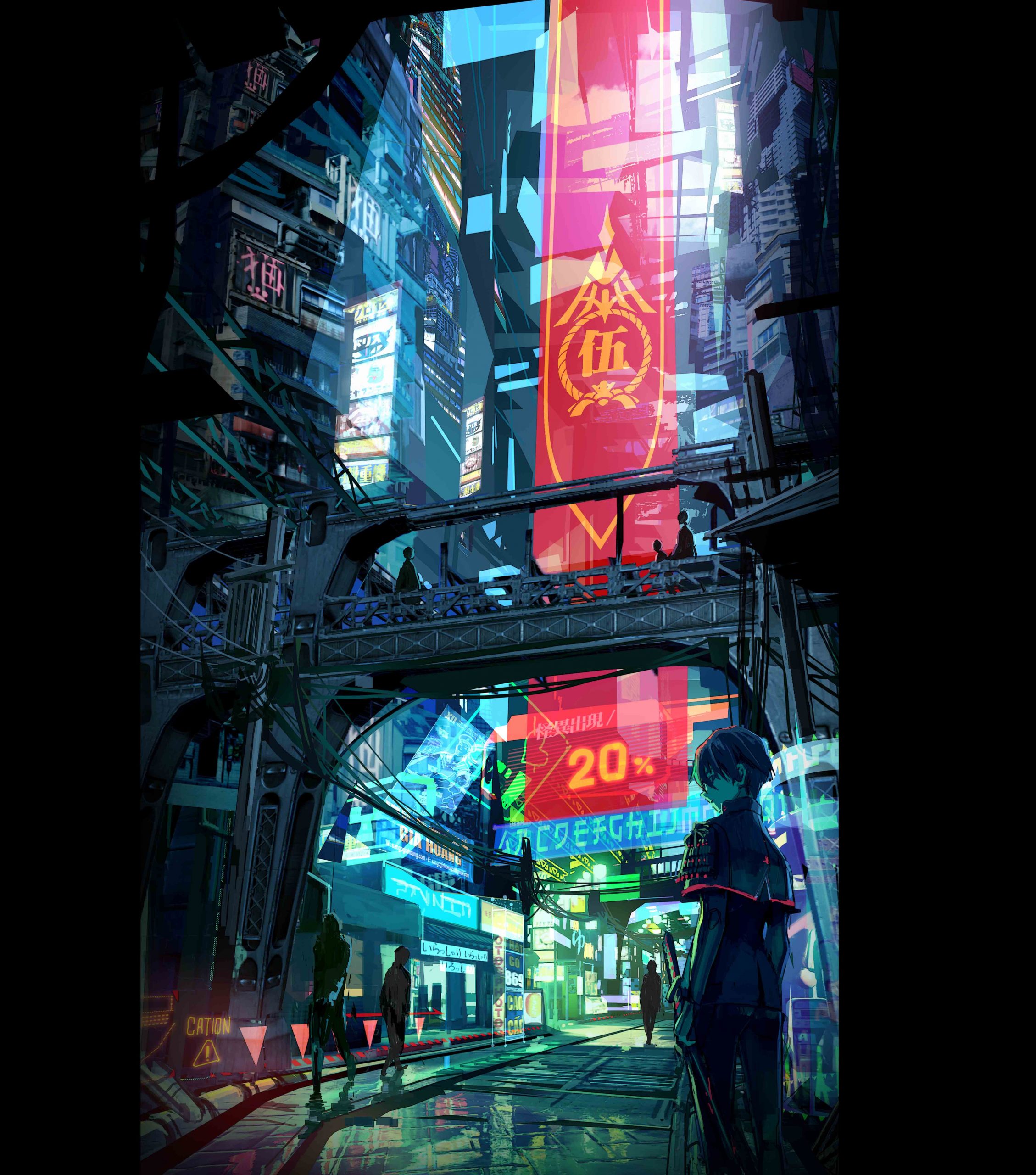 ⒸSCARLET NEXUS™ & ©Bandai Namco Entertainment Inc.
ⒸSCARLET NEXUS™ & ©Bandai Namco Entertainment Inc.
■Anabuki: Your attitude is contagious, and it helped everyone in the project grow a lot during development.
●Ochiai: When you do creative work, there are a lot of times where you have to expose delicate parts of yourself that you don’t normally show during of work. When you got out on a limb but end up receiving negative opinions it can be easy to respond emotionally, even if your intentions are in the right place. I realized the importance of understanding how other people perceive things, because it makes it possible to work with them to help them come up with even better ideas.

Game Designer
SCARLET NEXUS Scenario Director
●Inoki: Building up an entire game world and cast of characters for an original IP from scratch was a chance I’ve almost never received before and was an important experience for me. There were times at the beginning of the project when I would get frustrated with other people for not understanding what I wanted to explain. But I realized that we’re making an original IP, and that no one could anticipate where it’s headed. So I reversed my position and tried to communicate my opinions in a way that listeners will understand.
●Aomatsu: In most of my work experience until now, I worked as an engineer on a single project and focused on making a single part of a game as good as it can be. But I joined this project as a technical director and was in a position where I need to communicate both with internal staff and external companies. I think that I learned a lot from negotiating and asking for others’ cooperation. It’s impossible to make anything worthwhile or raise the bar for quality without being proactive. When confronted with things we couldn’t afford to budge on, I resolved that it’s impossible to please everyone all the time and resolved to communicate with everyone involved until they were convinced to change their thinking. I think that was one area where I learned a lot during this project.
■Anabuki: I think you went above and beyond the duties expected of an engineer and helped with all sorts of different parts of the project. You actively facilitated discussions about technology that can only be done engineers, and it’s because of your help that we were able to efficiently adapt the game for next-gen consoles.
●Azuma: For me, it was being involved with an original IP practically from start to finish. We got help from members of other projects, worked with TOSE for upwards of four years to finish the game, and grappled with all sorts of opinions, ideas, and feedback from a variety of people. And all of this let us create an even better game.
I think SCARLET NEXUS wouldn’t be the game it is now without every single person who helped to make it.
■Anabuki: You joined our team right at the beginning after getting wind of what we’re working on, and said you’re interested in the project before even the scenario and game world were decided.
●Ochiai: The team already made progress on research and finished the groundwork before I joined, so I had no trouble joining.
●Azuma: I became a project manager after the entire company was restructured about a year ago, which turned out to be a good experience. I managed schedules while deciding how to prioritize tasks to make the project run as smoothly as possible. I think this taught me to make changes on the fly and to deal with problems as they come up.
Future Prospects
■Anabuki: I want to end by saying that I hope that SCARLET NEXUS reaches more and more people and turns into an experience that remains with the people who spent time with it. We’ve heard requests for a sequel, and I hope this team gets another chance to create something new together.
●Ochiai: I want to use what I learned from this project in another title, although I can’t say whether that would be a sequel or new project. A lot of the visuals and sensations I created were made through trial-and-error, so I want to put that experience to use while also focusing on creating visual expressions that are even more precise.
●Inoki: I also hope this turns into an IP with staying power that doesn’t end with its first installment. I strongly feel that this project and team can make touching stories and characters that others can’t. I want to reflect on things that need reflecting and try to make something even better next time.
●Aomatsu: I also agree that I want SCARLET NEXUS to grow as an IP. I hope to lure even more players to the game starting with the DLC we put on sale, and by working hard on developing future patches.
●Azuma: I’d ideally like to see it turn into a series that players enjoy over a long period of time, like the Tales Of series which celebrated its twenty-fifth anniversary. And I want to add all the things we couldn’t fit into this game into a sequel.
Official Site
https://snx.bn-ent.net/
Publisher: Bandai Namco Entertainment Inc.
*The names of companies and products mentioned herein are trademarks or registered trademarks of their respective owners.
(*1, *2) Xbox Series X|S and Xbox One are trademarks or registered trademarks of Microsoft Corporation in the United States and its associated companies.
(*3, *4)“PlayStation” is a registered trademark or a trademark of Sony Interactive Entertainment Inc.
(*5)©2021 Valve Corporation. Steam and the Steam logo are trademarks or registered trademarks of Valve Corporation in the United States and/or other countries.
(※6)Unreal® is a trademark or registered trademark of Epic Games, Inc. in the United States of America and elsewhere. Unreal® Engine, Copyright 1998 – 2021, Epic Games, Inc. All rights reserved.
「SCARLET NEXUS™」
SCARLET NEXUS™ & ©Bandai Namco Entertainment Inc.




